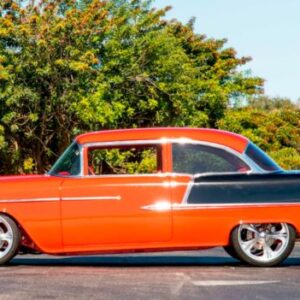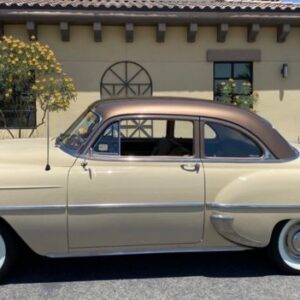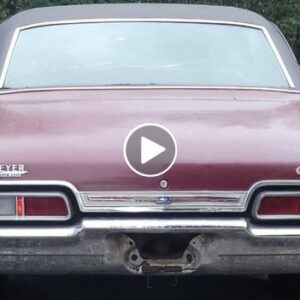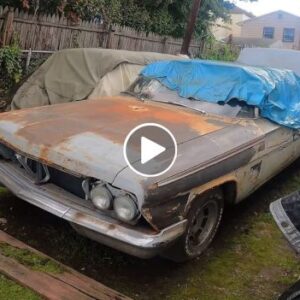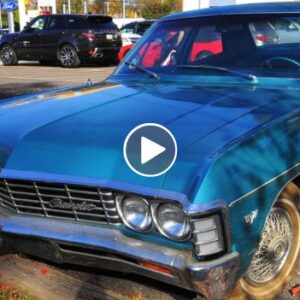
It wasn’t only on your television screen where you saw the iconic sports car. Move aside Mario, the Testarossa was an arcade star as well. In the hit 1986 Sega arcade game Out Run, the player is put behind the wheel of a Red Testarossa Spider. The game’s objective is to drive to different destinations, trying to avoid traffic along the way. The arcade game itself is shaped to look like a Testarossa (well, sort of). It is a cubed shape arcade cabinet in which the player sits behind a steering wheel. The cabinet has the famous Testarossa door strakes plastered on its side to drive home the point. What is more, the Testarossa continued to live on in video game glory via the Ferrari 512 TR making the cover of the 1994 hit game The Need for Speed. It is safe to say that the Testarossa’s cultural impact cannot be overstated.
1 Other Cultural Icons Viewed the Ferrari Testarossa As A Cultural Icon
This post began by referring to the Ferrari Testarossa as the Michael Jordan of Sports Cars. The reasoning behind this was simple: it was to point out the sports car’s cultural relevance, popularity and perceived level of excellence. Upon a closer examination, this analogy may be more apropos than originally thought. In the past few years, Michael Jordan has associated himself further with race cars. Recently, “His Airness” has taken an ownership stake in a Nascar team. What is more, it was hardly a rare occurrence to see the NBA champion and gold medalist driving around the streets of Chicago in his very own Testarossa. The same year Jordan won a gold medal on the dream team and an NBA championship, he was spending his free time sporting an iconic 1992 512 TR with a license plate that read “M AIR J,” thus associating himself with the Testarossa, which was also at the top of its proverbial game

